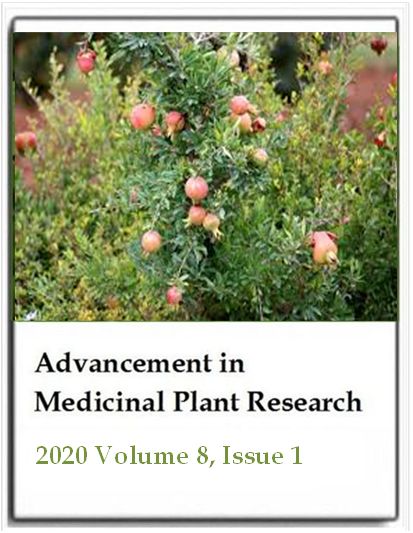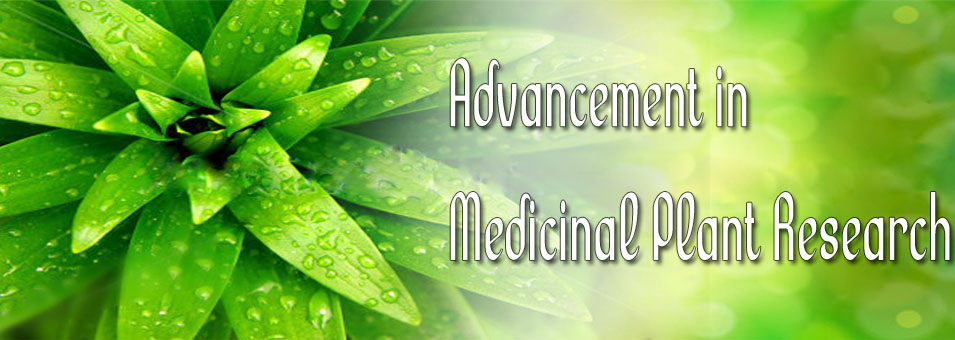Phytochemical investigation of Punica granatum pomace: As source of bioactive and medicinal natural products
Hossein Tavallali, Atefeh Bahmanzadegan, Vahid Tavallali and Vahid RowshanAdvancement in Medicinal Plant Research
Published: February 18 2020
Volume 8, Issue 1
Pages 1-13
Abstract
Punica granatum L. is a native plant that is greatly dispensed in south of Iran. The massive pomace of Punica exhibits a challenging losses exposure difficulty for the processing industries. The resent study was aimed to investigate the composition and quality of P. granatum pomace and understand its bioactive compounds to introduce it to different industries such as pharmaceutical, food, medicinal, agricultural etcetera for optimum use. The SHS (static headspace) GC-MS on the Combi PAL system method was used to identify and analyze the volatile components (VCs). Four different extracts (60°C water, distilled water, methanol and methanol 80%) were analyzed for polyphenol compounds identified by HPLC-DAD, total flavonoid content (TFC), total phenolic content (TPC) and antioxidant capacity (DPPH(2,2-diphenyl-1-picrylhydrazyl) radical scavenging assay). The relationship between TFC, TPC and antioxidant activity were statistically investigated. The dominant VCs of P. granatum were limonene (50.6%) followed by β-pinene (25.1%), γ-terpinene (6.79%), α-pinene (5.7%) and sabinene (2.59%), respectively. Gallic acid was major polyphenol compound in all studied extracts of marc. 60°C water extract from P. granatum pomace represented higher antioxidant capacity, TPC and TFC than other investigated extracts. This studied marc can be introduced to different industries as a source of bioactive and medicinal natural compounds because of its valuable phytochemical characterization.
Keywords: Punica granatum, phenolic compounds, antioxidant capacity, flavonoids.
Full Text PDFThis article is published under the terms of the Creative Commons Attribution License 4.0

